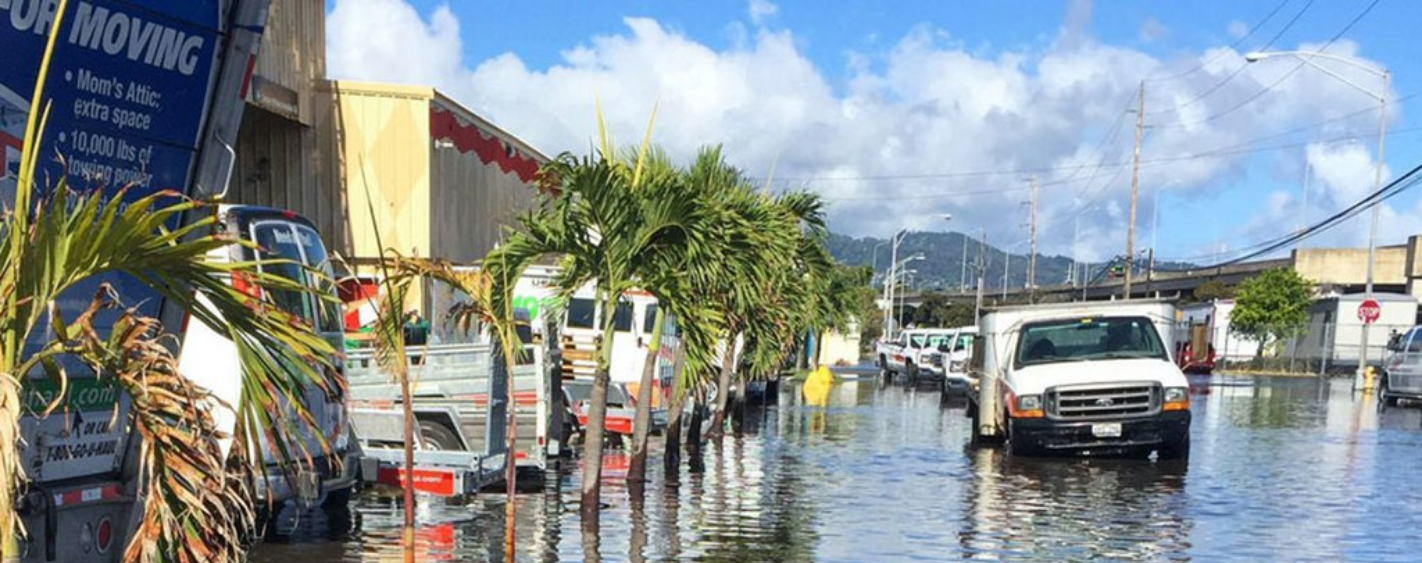
“By managing what gets measured, we can break the Tragedy of the Horizon. With better information as a foundation, we can build a virtuous circle of better understanding of tomorrow’s risks, better pricing for investors, better decisions by policymakers, and a smoother transition to a lower-carbon economy.”
- Mark Carney, Tragedy of the Horizon (2015)
Climate risk has emerged as a priority for property industry participants, including investors, owners, and managers. This concept is well-described by the Financial Stability Board’s Taskforce for Climate-Related Financial Disclosures (TCFD). TCFD recommends that companies provide information about two critical dimensions of climate risk:
- Transition Risk: Managers should report on how assets might be affected by the transition to a lower-carbon economy, including Scope 1 and Scope 2 greenhouse gas emissions and emissions intensity.
- Physical Climate Risk: Managers should identify extreme weather threats of moderate or higher risk before 2030 and a larger number and range of physical threats between 2030 and 2050.
Recognition of the value and need for this information extends far beyond the TCFD and its stakeholders. Notably, U.S. regulators, including the Securities and Exchange Commission have observed growing demand for information and referenced findings about the need for high-quality data and analytics:
“...regulators and financial institutions need reliable, consistent, and comparable data and projections for climate risks, exposure, sensitivity, vulnerability, and adaptation and resilience.”
- U.S. Commodities Trading Commission (2020)
Arc Climate Risk tools represent a significant new capability to fill these gaps at the level of individual assets. Arc Climate Risk addresses both top-line TCFD categories:
Transition Risk provides:
- Benchmarkable measures of greenhouse gas emissions and building electrification, including the Arc Carbon Score and the Arc Electrification Score.
- The Arc Carbon Score compares real world, measured performance to standards set for LEED-certified buildings. Scores >40 are eligible for certification, and scores above 90 indicate exceptionally low GHG emissions intensity and low transition risk.
- The Arc Electrification Score evaluates the ratio of energy demand met by electricity and non-electricity sources. This provides a trackable measure of decarbonization when combined with efforts to procure clean, renewable energy -- as recommended in the Building Decarbonization Coalition Roadmap.
- Monthly and annual performance indicators for Scope 1 and Scope 2 greenhouse gas emissions and emissions intensity (e.g., metric tonnes CO2e per unit floor area).
Physical Climate Risk provides:
- Site-specific, geospatial risk assessments from our best-in-class partner, Moody’s ESG Solutions (427).
- Absolute and relative indicators of extreme weather risks, including temperature, precipitation, flooding, and other factors.
- Forward-looking scenarios for issues such as coastal flooding, storm surge, and wildfire.
Taken together, the Arc Climate Risk tools provide information needed to understand and manage transition and physical risk. When aggregated across a portfolio and combined with governance and strategy information, the Arc Climate Risk data contribute to comprehensive reporting recommended by the TCFD.
Access
Arc Climate Risk is available to any Arc user for a fee of USD $500 per project. Volume pricing is available upon request. This fee provides:
- Access to the Climate Risk Performance Dashboard.
- On-demand access to Arc Carbon Scores and Arc Electrification Scores.
- Charts illustrating monthly and annual Scope 1 and 2 GHG emissions based on user-provided energy consumption data.
- One physical risk report from Moody’s ESG Solutions. The Moody’s ESG Solutions analysis is available globally (view a sample). Once created, the report and any associated data are available on-demand in the Past Reports section.
- Users can also create Arc Climate Risk Performance Certificates. These provide a concise, one-page, PDF summary of transition and physical risk information, including transition risk and electrification scores and confirmation of a physical risk report. These are available on-demand anytime within 12-months of purchase.
Arc users can access the tool from the main project navigation under Project Tools > Climate Risk. After payment, users will have access to the Climate Risk dashboard and tools to create or download physical risk assessments. Users may pay for Climate Risk with a credit card or contact us for an invoice.
Learn more
The Arc team and our partners welcome the opportunity to share more detailed information about any aspect of the Climate Risk tools. Please email questions to contact@arcskoru.com.
